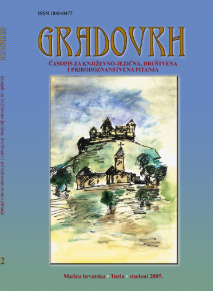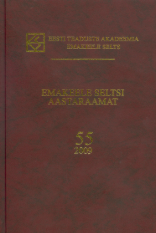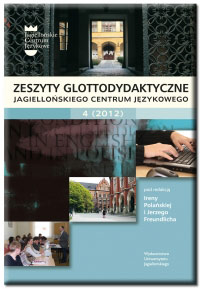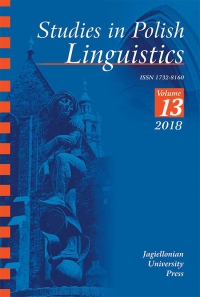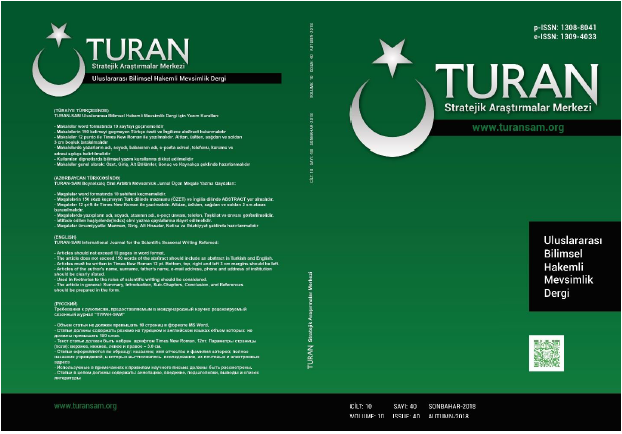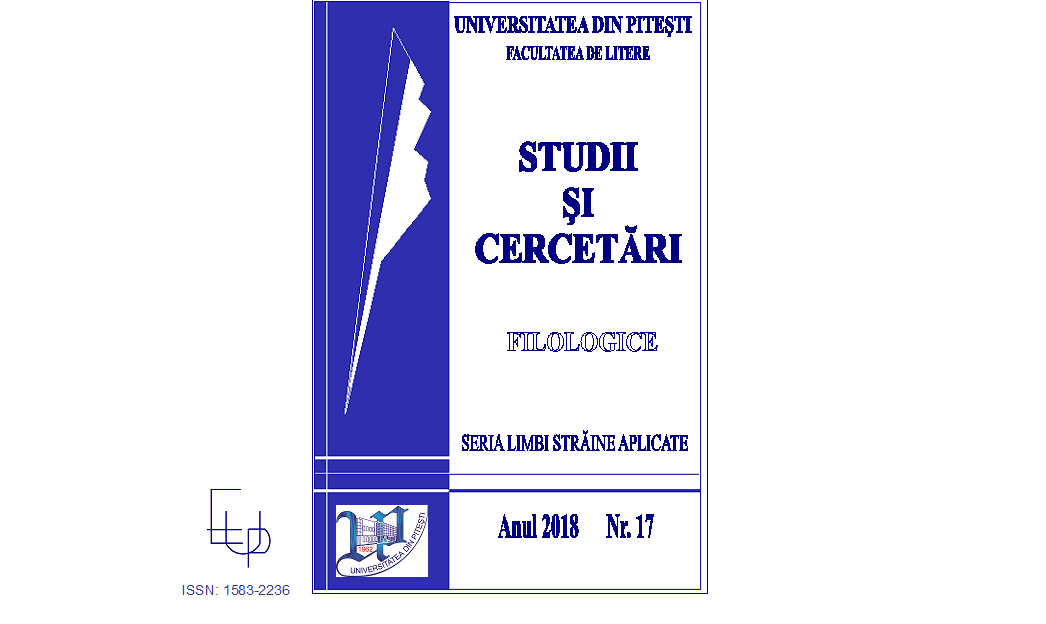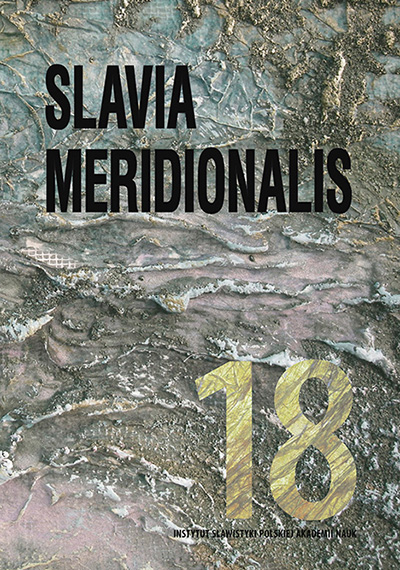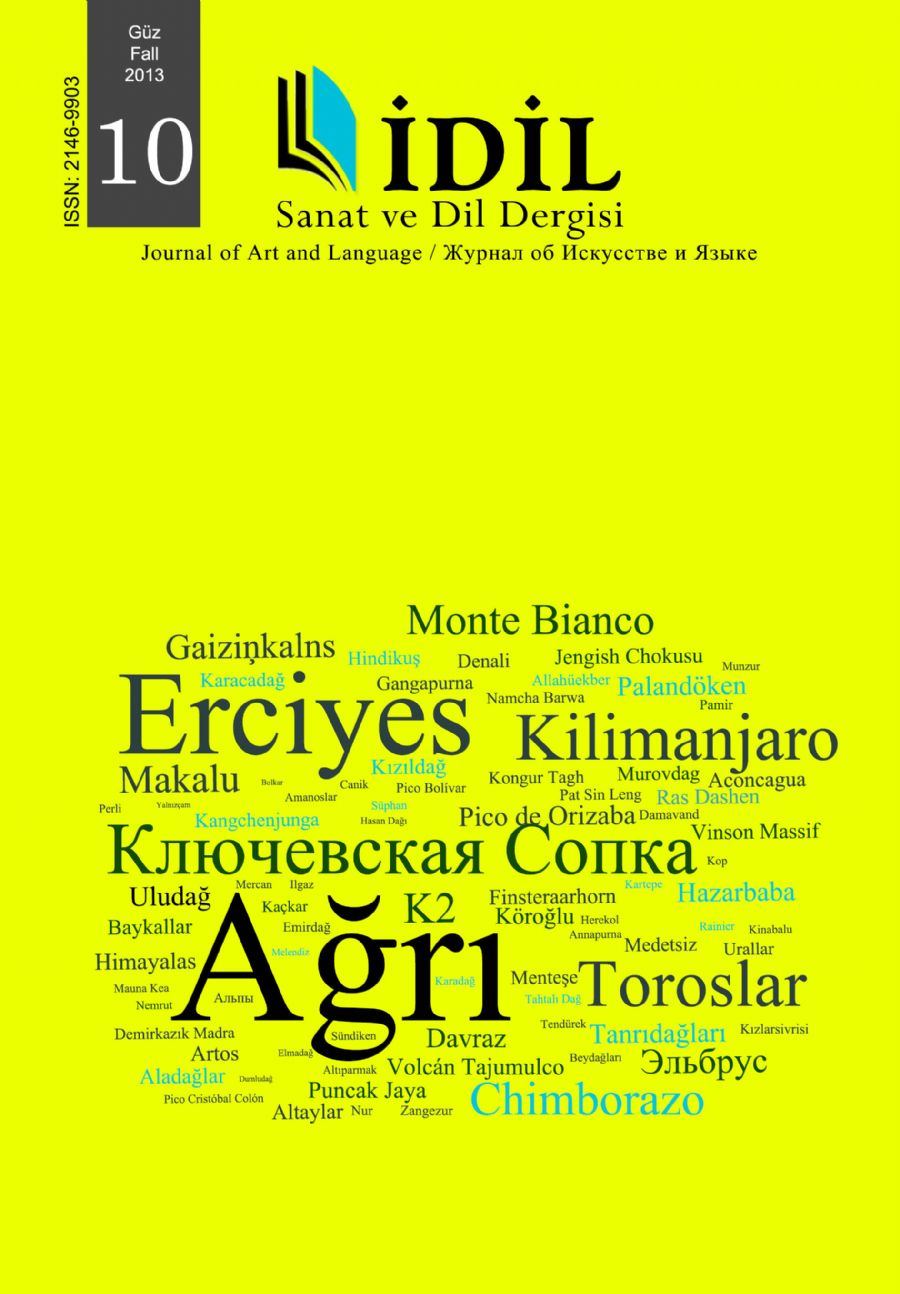
TÜRKÇEDE VE ALMANCADA SES BENZEŞİMİ
Sound affinity (Lat. assimilare "to make similar", Akkomodation, assimilation, melting (Verschmelzung) and transition (Überführung), in other words assimilation is voice change and simulation event in the language, which represents the pragmatic transition towards simplicity from complexity. This generally takes place in (diachronic) changes as well as the language, but also (synchronic) occurs. Turkish and German, although belonging to different language families, have mostly similar and sometimes different sound change features. Nasal types of sound change simulation are nasalisation, palatalisation, forward simulation, backward simulation, senorisation between vowels, vowel harmony, latest vowel deleting, the last vowel drop, drop of inner vowel, sound derivation, the pre-derivation, the inner derivation, the last derivation, methathesis, displacement, drop of syllables, dissimilation, anomaly, reiterative, degemination, cohesion, coming side by side of two vowel, change and rounding of the middle syllable vowel. Sounds that are the basic building blocks of a language, however, are consistent within the confines of the basic sound rules of the language, and they form roots and affixes, syllables, words and phrases. This formation is quite impressed with each other. Proper usage and understanding of a language are possible through knowing well the sound change events which seen in accents and mouths.
More...
